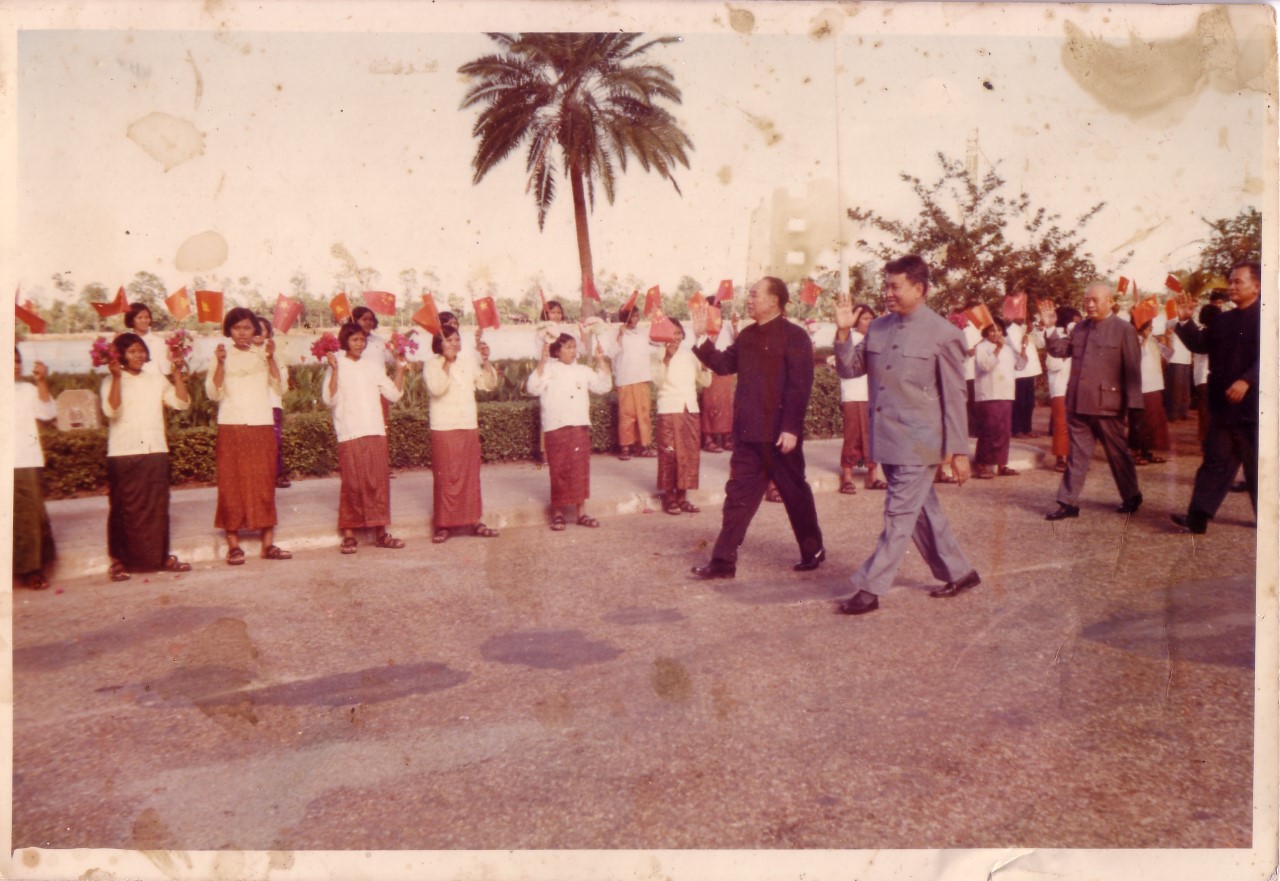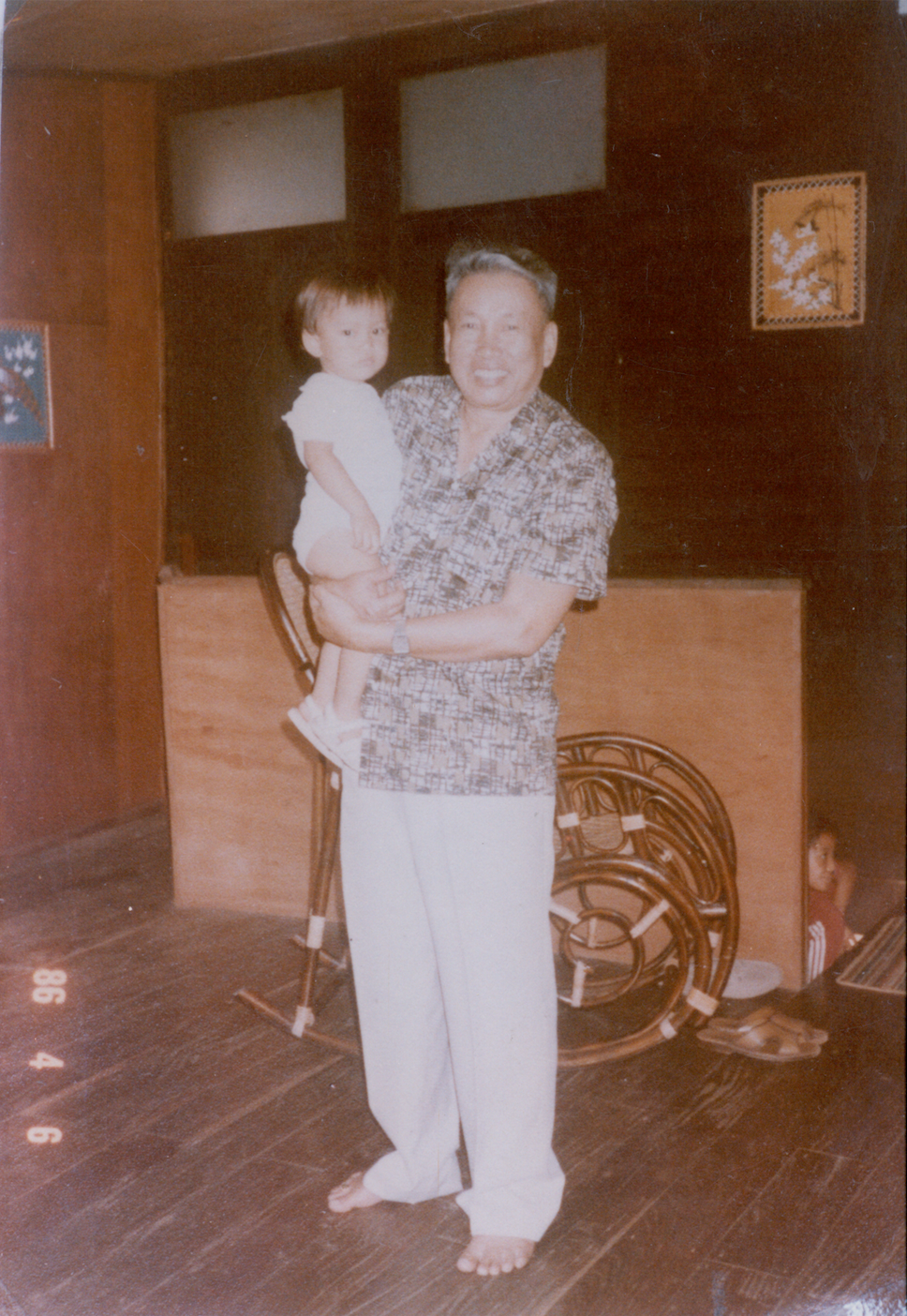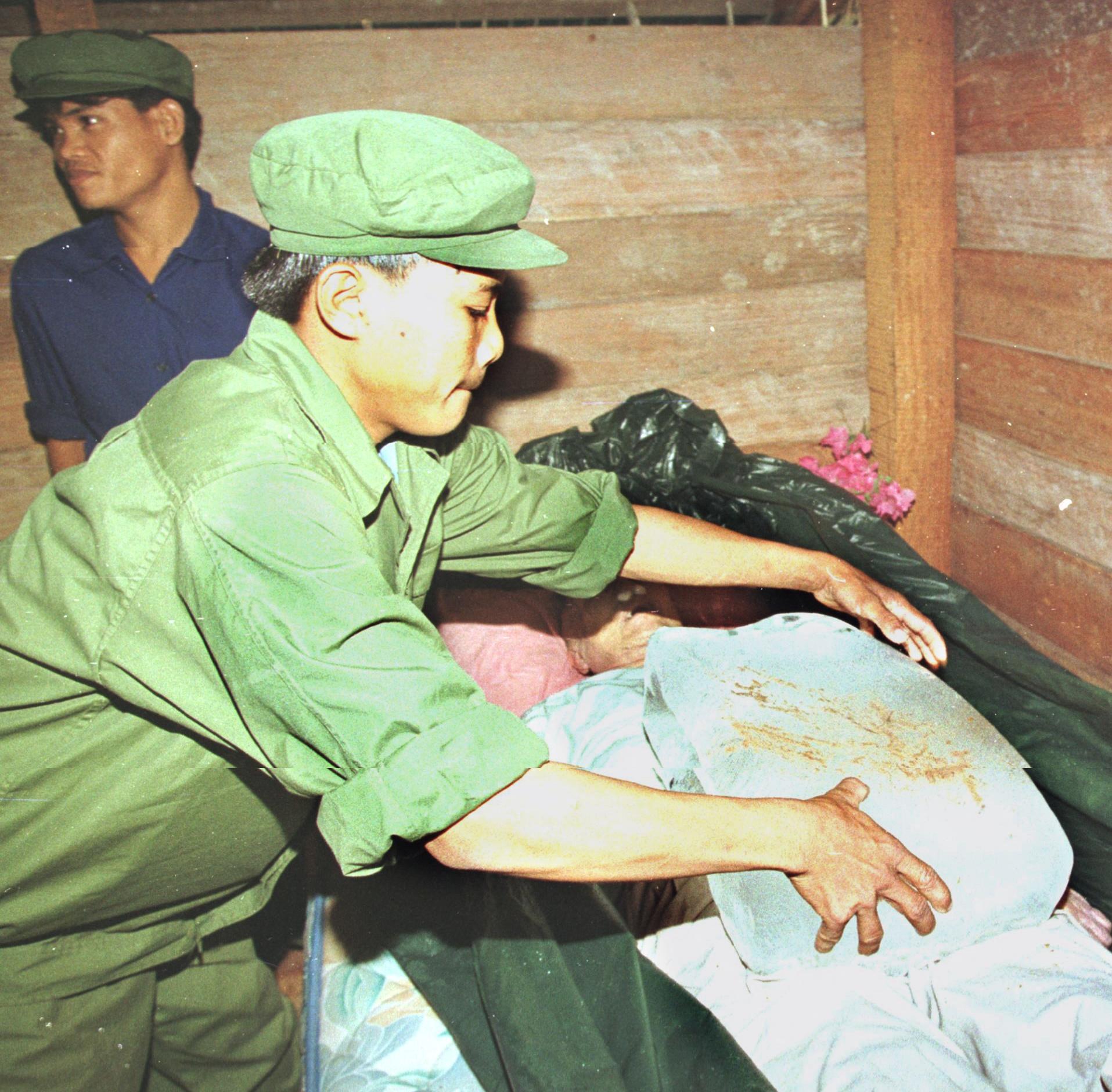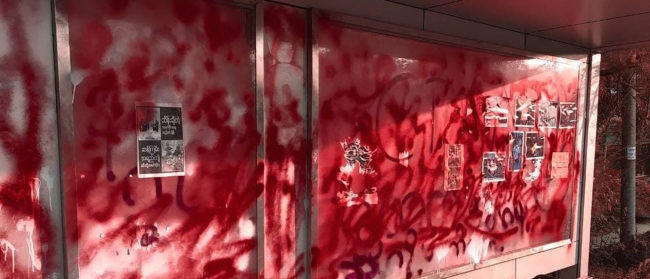On April 15, 1998, Pol Pot’s death destroyed the remnants of the Khmer Rouge movement rooted in their final stronghold of Anlong Veng. His death became emblematic of national peace, justice and reconciliation – it marked a new and promising era for the Cambodian people.
Cambodians today, though, still may still ask: What role should Pol Pot play today in the national narrative of killing fields and trauma of the late 70s?
Democratic Kampuchea’s former Prime Minister Pol Pot, originally named Saloth Sar, is remembered as an architect of the genocide that claimed up to two million Cambodian lives from April 17, 1975 to January 6, 1979. After his regime was toppled by the Vietnamese, his ranks dispersed along the Cambodia-Thai border. Some even took refuge in Thailand.
While many of his top brass and upper echelons rushed to regroup, readying themselves for a long struggle in hopes of regaining power, Pol Pot embarked on a 14-year journey across Cambodia and Thailand, stopping at various destinations for refuge, in an effort to survive and keep his movement alive.
Pol Pot and close confidants, including former chairman of Democratic Kampuchea People’s Assembly, Nuon Chea, and former chairman of the State Presidium of Democratic Kampuchea, Khieu Samphan, escaped from Vietnamese control and travelled to Samlaut and Koh Kong province in 1979. Several weeks later, they moved into Thai territory and other provinces along the Cambodia-Thai border, establishing headquarters to command the remaining Khmer Rouge forces until 1982.

He didn’t stop there – Pol Pot continued to expand his reach of control to O-Soursdei, a few kilometres deeper into Cambodia from their prior base. It became known as Office 87, a tactical headquarter to control battlefields, steer diplomacy and operate their radio station “Democratic Kampuchea”.
In the summer of 1985, Vietnamese attacks dismantled Khmer Rouge bases within Cambodia’s boundaries and forced Pol Pot and his inner circle to retreat to Trat province in Thailand, where he established three offices: House-50 for himself, House-20 for Nuon Chea and Khieu Samphan, and K-18 for his central political headquarters.
After Vietnam’s formal withdrawal from Cambodia in 1989, it took Pol Pot three years to settle down in Phnom Chhat, where his nephew So Hong lived, and then to Chup Korki, where he directly commanded Division 519, according to an informant. As the Cambodian government launched an attack on the province, Pol Pot made a final move to Anlong Veng in 1993 (or 1994) with the assistance of Chhit Choeun alias Ta Mok, the local warlord and senior Khmer Rouge official. Anlong Veng was Pol Pot’s last hope to keep his movement alive and regain total control of remaining forces.
The relationship between Pol Pot and Ta Mok turned bitter and deadly after Pol Pot ordered the killing of Son Sen, former Defense Minister of Democratic Kampuchea, and his whole family in June, 1997. Pol Pot’s act of aggression triggered a five-day battle between those loyal to him and those to Ta Mok, which ultimately ended in Pol Pot’s capture.
Subsequently, Ta Mok’s followers placed Pol Pot on trial, attracting the participation of 400 locals. He was placed under house arrest until he died of heart attack on April 15, 1998.

His death had a fundamental impact on the continuing Khmer Rouge movement and national reconciliation.
First, it incited disarray and distrust among the Khmer Rouge’s ranks and files. While some remained only afraid of continued internal purges, many became furious over Pol Pot’s trial. Former Khmer Rouge fighter Hem Phin, 76, from Anlong Veng viewed his death as “disheartening and felt that we could no longer have a leader”. Another former combatant Peanh Poeun, 60, Anlong Veng, claimed that placing Pol Pot on trial was borne of internal strife and purely an act of betrayal by Ta Mok.
Pol Pot’s body was cremated on April 17, exactly twenty-three years after the Khmer Rouge rose to power and evacuated people from town and cities. His cremation site is currently preserved as one of the fourteen historical sites in Anlong Veng district. Before the end of that year, the Khmer Rouge movement in Anlong Veng was forced at the hands of the government military to assimilate with mainstream society.
Second, because Pol Pot was viewed as the foremost engineer of the movement – the single leader of his personality cult – his death implied the end of the entire Khmer Rouge. Ta Mok did not hold the same respect and reputation among cadres to continue the movement.
Anlong Veng holds a unique history of war and peace. It provides insight into many first-hand narratives into the Khmer Rouge movement as 80% of residents were former cadres

Given Pol Pot’s tumultuous impact on the entire country, Cambodians today still seek to understand its national narrative. It continues to struggle with reconciling its history. Given that there was no clear distinction of who is the victim and who is the perpetrator of Khmer Rouge crimes, members of society remain divided over this issue.
Punitive justice by the Extraordinary Chambers in the Courts of Cambodia (ECCC), better known as the Khmer Rouge Tribunal, is most critical. Its mandate is to bring to trial “senior KR leaders and those most responsible for the crimes committed under the KR regime.” It has already sentenced to life in prison three former leaders: Nuon Chea, Khieu Samphan, and Kaing Gueck Eav alias Duch, former chief of Tuol Sleng prison where more than 14,000 prisoners were tortured, interrogated and killed.
Additionally, crime sites, memorials, security centres and other Khmer Rouge-related sites must continue to be preserved nationwide. Anlong Veng itself is home to fourteen historical sites, including the cremation of Pol Pot. It is one of the most visited sites for local and foreign visitors, and, especially, students across Cambodia to learn about the genocide and its aftermath. Anlong Veng is a critical historical marker – evidence of the Khmer Rouge’s worst human rights violations.
Anlong Veng, the former final stronghold, holds a unique history of war and peace. It provides insight into many first-hand narratives into the Khmer Rouge movement as 80% of residents were former cadres. Their stories coupled with the teaching of the Khmer Rouge’s atrocities must be incorporated into students’ curriculums in an effort to piece back together the different perspectives of history.
A comprehensive national narrative may be possible if a variety of views are accepted as legitimate. A complainant to ECCC, Khien Ram, Oddar Meanchey province, 63, stresses the need to include all events and individual accounts, especially Pol Pot, into a grand national understanding.
In this way, Cambodians can openly discuss in a court of law the role of Pol Pot in establishing the killing fields. Only through honest debate can survivors heal from the past.
Dr Ly Sok-Kheang is the director of Anlong Veng Peace Center, part of the Documentation Center of Cambodia.


